NVIDIA is releasing its next-gen RTX 40- series this year and no doubt that has taken the attention of most of the audience. That doesn’t mean NVIDIA is not focusing on the lower end of the spectrum as it is launching GeForce GTX 1630 to replace the GTX 1050 Ti. This will be NVIDIA’s slowest Turing desktop graphics card.
After leaks about the specifications of GTX 1630 a month ago, just yesterday Colorful confirmed the arrival of GTX 1630. Now both Colorful and MSI have posted the specifications on their websites.
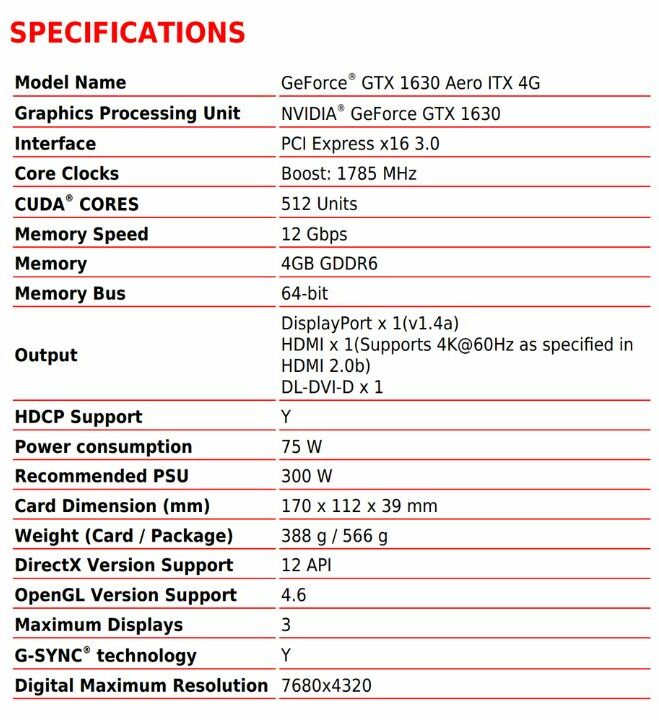
The new entry-level SKU will join the budget 16-series of NVIDIA GPUs marking the first time NVIDIA has used the xx30- naming for its GPUs. The GPU will use the older Turing-based technology used in the GTX 16 and RTX 20 series, more specifically the TU117-150 GPU, a variant of the GPU used in GTX 1650.
Although the GPU is replacing an almost 6-year-old graphics card, the finer specs of the GTX 1630 have taken a hit compared to the GTX 1050 Ti.
It will feature only 512 CUDA cores, a reduction in the number of cores from the 768 cores of GTX 1050 Ti, the current lower-end model from NVIDIA.
Although the memory bus has been reduced to 64-bit, the memory clock is improved to 12 Gbps from the 7 Gbps in GTX 1050 Ti.
One of the only notable upgrades is in boost frequency. GTX 1630 features a boost frequency of 1785 MHz, an improvement over the 1590 Hz and 1392 Hz of the 1650 and 1050 Ti respectively.
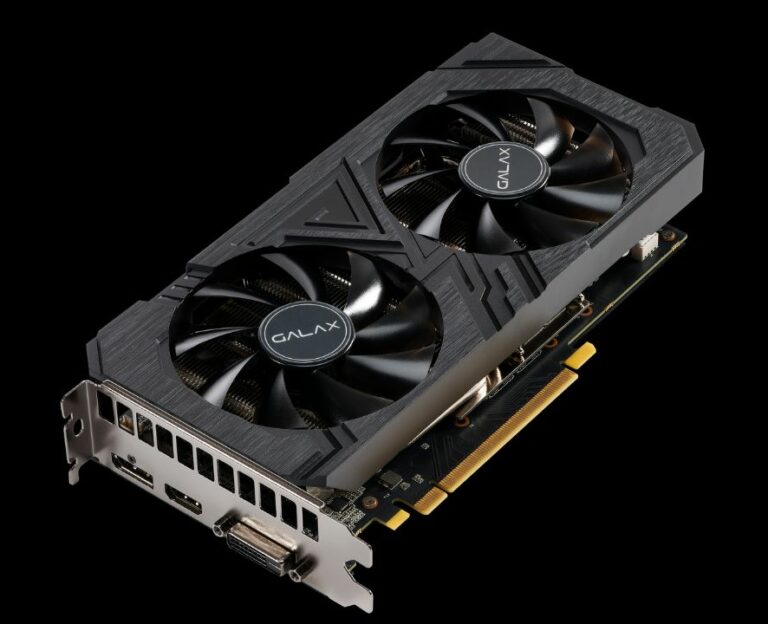
The card comes with limited overclocking and a TDP of 75 W. The card will also offer three display connectors for DisplayPort, DVI, and HDMI and feature 4GB of DDR6 memory, an improvement from DDR5 in 1050 Ti.
The noteworthy downgrade in the GTX 1630 is its bandwidth of 96 GB/s which is even lower than GTX 1050 Ti’s 128-bit bus, making it the slowest Turing-based graphics card from NVIDIA.
Although the new GTX 1630 is supposed to be a replacement for the GTX 1050 Ti, which is now approaching its End of Life, the GTX 1050 Ti will still be faster than the GTX 1630. Even though both of them run on 75W, the GTX 1050 Ti uses the 6-year-old Pascal technology and still has better specs and better-expected performance output. All this would only make sense if the GTX 1630 would have been cheaper than the 1050 Ti.
Surprisingly, this isn’t the case, with GTX 1630 costing $150, it is $10 costlier than the GTX 1050 Ti and of the same price as GTX 1650 at launch. It’s a tough argument from NVIDIA as it is releasing a newer, worse-performing and somehow a still costlier version of the GTX 1050 Ti 6 years later.
The GTX 1650 is a much better buy and users will have to figure out why one should even buy the GTX 1630 if you can just get the more powerful GTX 1650 as it offers more cores, more memory bus and bandwidth, at the cost of a lower boost clock at the same price.
| NVIDIA GeForce GTX 16 Series | GeForce GTX 1630 | GeForce GTX 1650 (G6) | GeForce GTX 1050 Ti |
| Launch Date | June 28, 2022 | April 3, 2020 | October 25, 2016 |
| GPU | 12nm Turing TU117-150 | 12nm Turing TU117-300 | 14nm Pascal GP107-400 |
| CUDA Cores | 512 | 896 | 768 |
| Boost Clock | 1785 MHz | 1590 MHz | 1392 MHz |
| Memory Clock | 12 Gbps | 12 Gbps | 7 Gbps |
| Memory | 4GB GDDR6 | 4GB GDDR6 | 4GB GDDR5 |
| Memory Bus | 64-bit | 128-bit | 128-bit |
| Bandwidth | 96 GB/s | 192 GB/s | 112 GB/s |
| TDP | 75W | 75W | 75W |
| Price | $150 | $149(at launch) | $139(at launch) |
About Nvidia
NVIDIA Corporation is an American multinational technology company incorporated in Delaware, based in Santa Clara, California. They design graphics processing units (GPUs) for the gaming and professional markets, as well as system on chip units (SoCs) for the mobile computing and automotive market.
Best known for the “GeForce” lines of GPUs, they are a direct competitor to AMD’s “Radeon” series. NVIDIA has also expanded its offerings with its handheld game consoles Shield Portable, Shield Tablet, and Shield Android TV and its cloud gaming service GeForce Now.

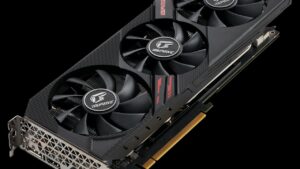
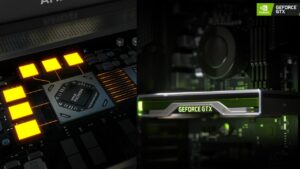
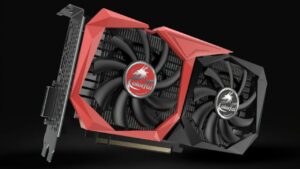
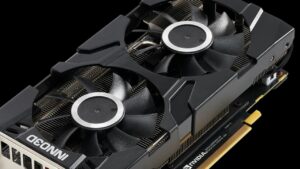
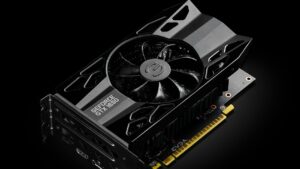

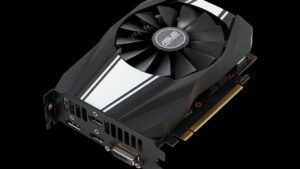
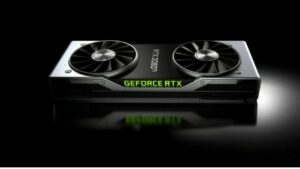
No Comments on GeForce GTX 1630 confirmed to feature 512 CUDA cores, 21 times fewer than RTX 3090 Ti